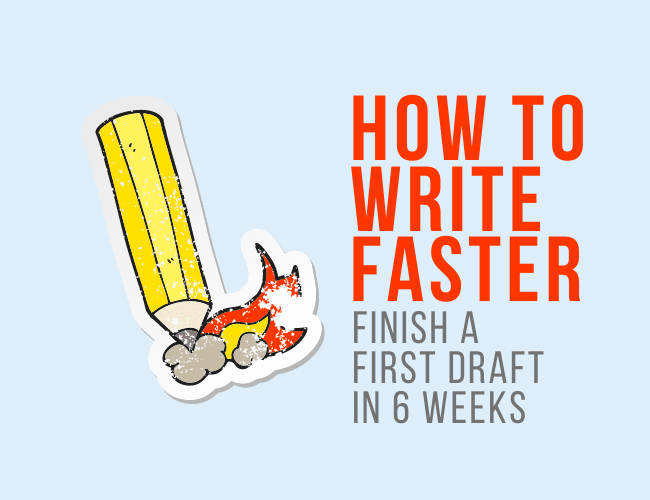
Do you dream of writing a book, but find it takes forever to do? Learning how to write faster will not only boost your writing productivity, but teach you ways to be a better writer. My blog series on how to finish a first draft in 6 weeks will carry you from the beginning of the writing process to the end and make sure you finally finish that book you always wanted to write.
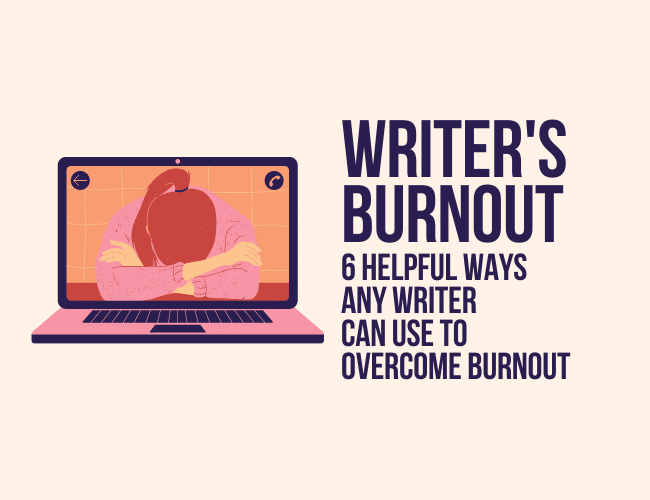
At some point in the writing process, every writer feels exhausted. In this article, I share my personal experience with writer’s burnout. I also suggest six helpful ways to overcome it so you can get back to writing—and not regret the time you spend with your story.
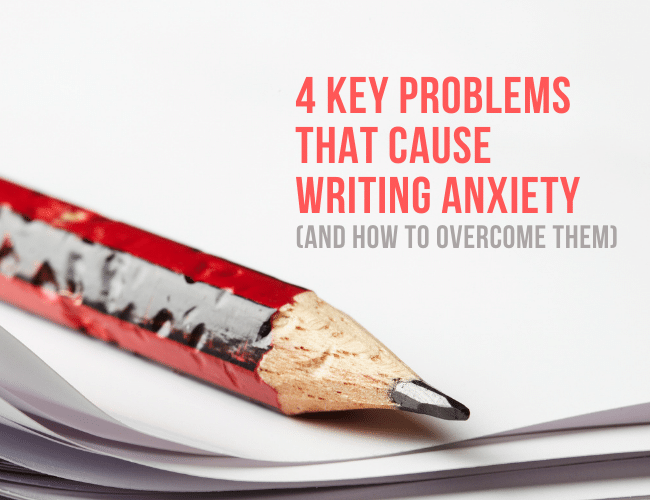
Has writing anxiety made you feel like you’re a poor writer, and then it tricked you into giving up? Here are four common problems that feed writing anxiety and tips on how to overcome them.
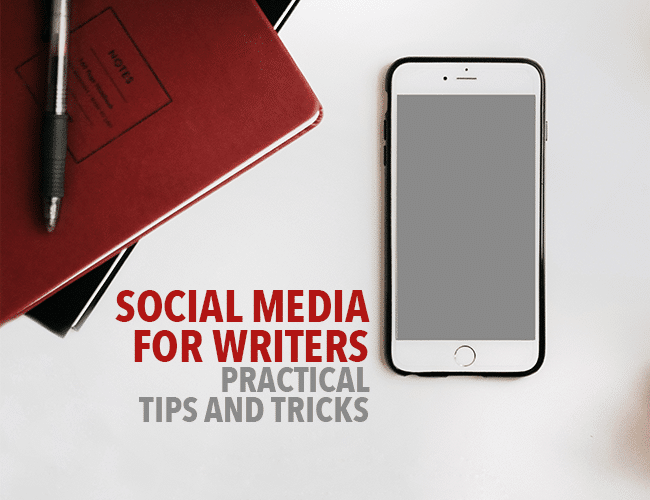
Being a creator means getting your content out there to a target audience, and one of the best ways is through social media channels if you want to reach your readers directly. In this article, I offer some practical advice on social media for writers.
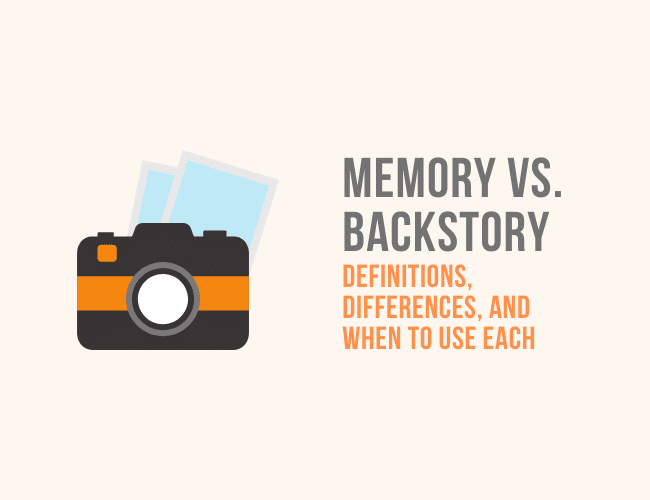
Regardless of the type of story we’re writing, we give our characters dimension by showing the readers their past through two plot devices—memory and backstory. Sometimes the difference between the two may not be clear, but knowing how to use them can make a world of difference in your characterization. In this article, I break down the definition of backstory and memory, and look at how and when to use each.
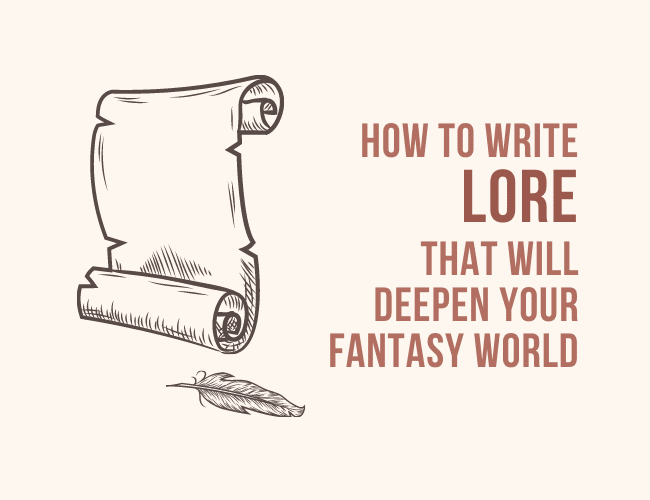
A good fantasy story is immersive. It pulls you in and makes you feel like it’s real, even though it very obviously is not. The best and easiest way to do that is with a good lore.

You might think that after launching your first book, any subsequent books would be easier. You know the process to write, edit, and publish now, so it should be simple, right? But from writing to launch, each book presents new challenges. This article is about three new problems you’ll face as you publish your second book and three new strategies to overcome them.
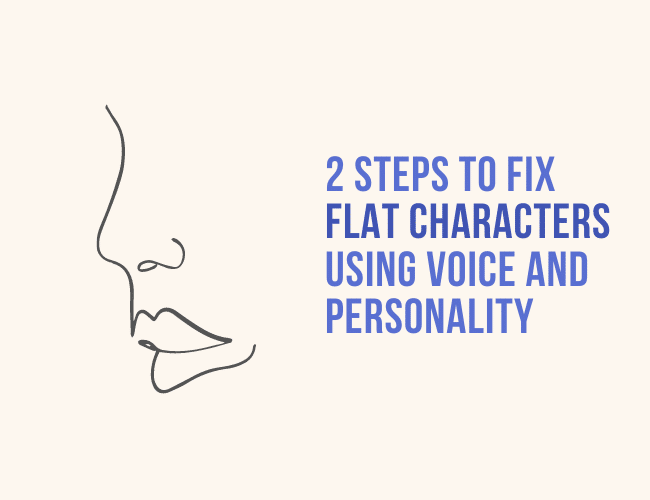
You have created a character. You’ve named them and given them a colorful past, as well as lots of fun personality traits. Your character steps into your story . . . and suddenly you find that they aren’t working. Have you created a flat character? Fixing flat characters need not be hard and all you need is 2 steps.

Have you ever felt your writing is flat, despite how many beautiful words you use? You might be overusing adjectives and adverbs. Luckily, there is an easy fix—use vivid verbs instead. In this article, you can learn a two-step process to improve your writing skills, and start implementing the tips provided with a little help from a descriptive verb list filled with various strong verbs.
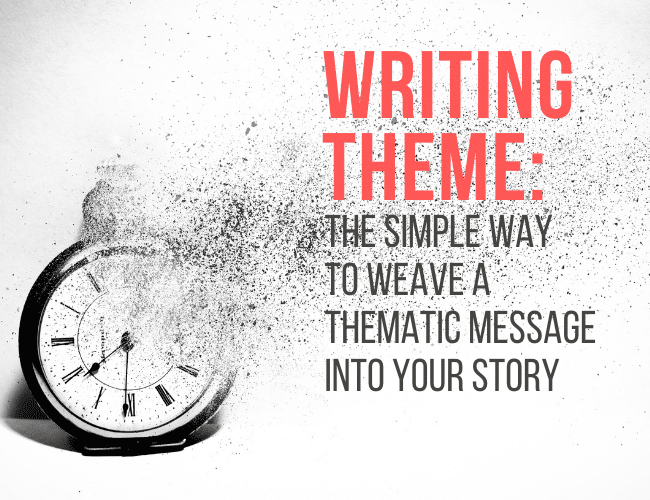
Does the concept of “theme” confuse you? Lots of writers struggle to identify a theme in their book—and many don’t even know what thematic message the are communicating through their story until a second or later draft. The good news is, there are writing tips you can use when weaving a thematic message (or two) into your story and they are not nearly as hard as you might think.
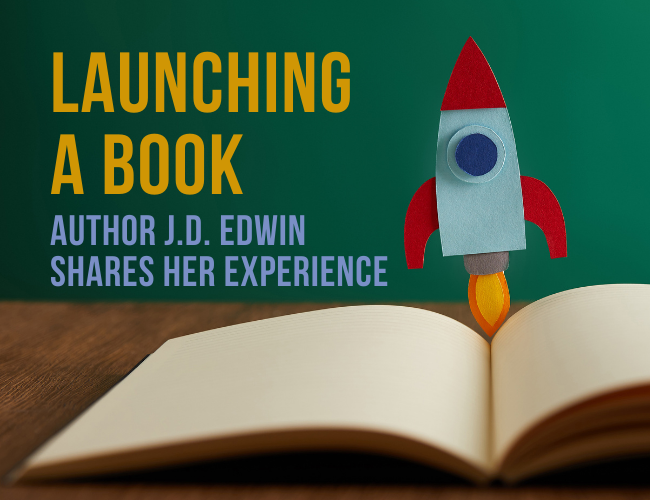
When launching a book, there’s a lot to learn. Not surprisingly, the best advice comes from writers who have experience in this. This article is a special segment where I share my personal experience about launching my book Headspace, filled with all the essential details you should keep in mind while launching your book.
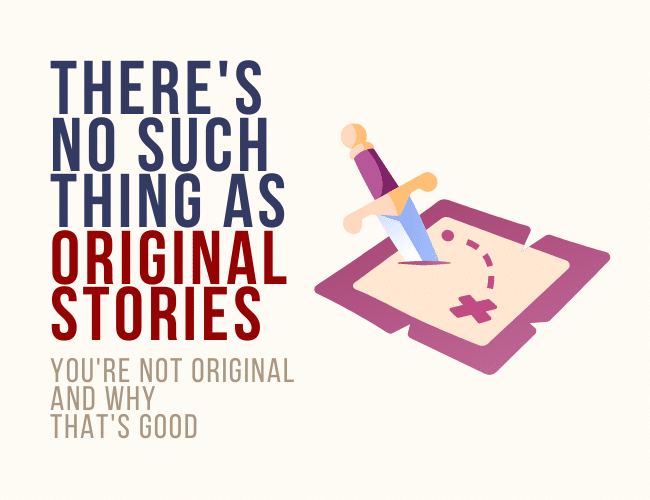
Although the idea that there are no original stories sounds upsetting, especially for writers, the truth is that every story follows the rule (most likely) of “same, but different.” But did you know that’s a good thing?
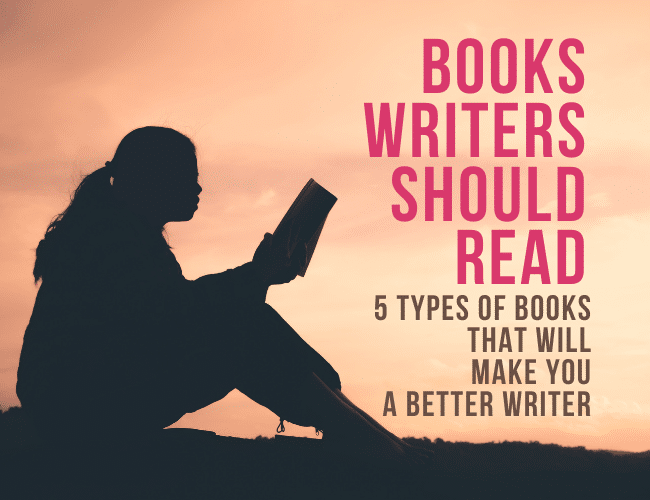
Do you love books? Are books what made you want to be a writer? Are you looking to become a better writer, but not sure what books writers should read? I’d recommend turning your attention and pocketbook to these five types of books.
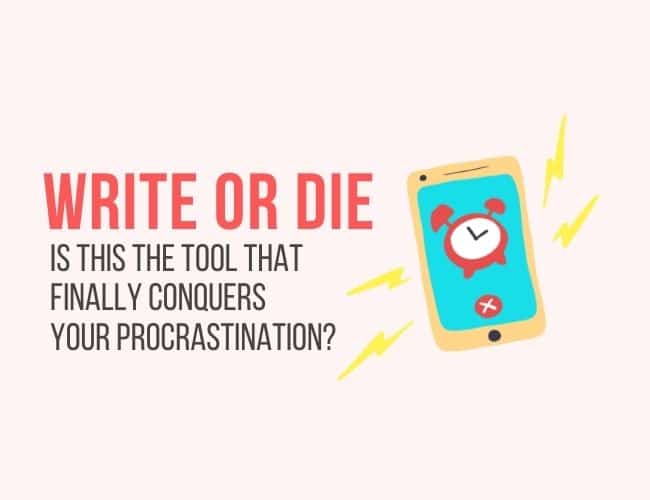
Not everyone loves restrictions when working on a book, but those who do often find the accountability factor a game changer to actually reaching their word count. If this is you, but you haven’t found the perfect tool to help with your procrastination pitfalls, Write or Die might be the answer. This article contains my personal experience and review of the tool.
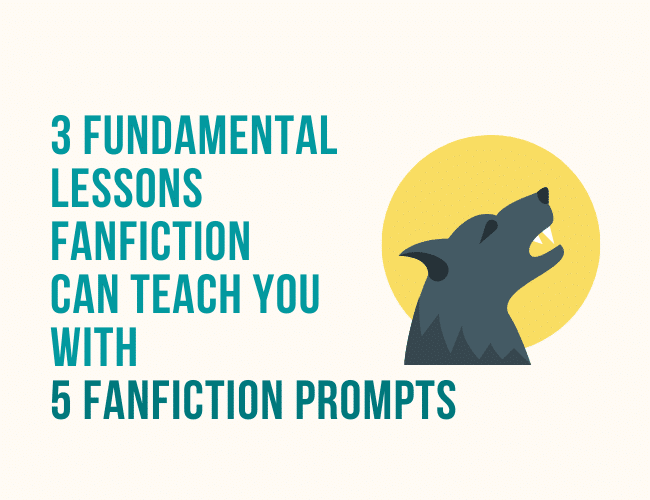
Fanfiction gets a bad rap, but it can actually make your writing much stronger. And understanding what fanfiction is and using fanfiction prompts to give it a try (before you bash it) might be well worth your time.
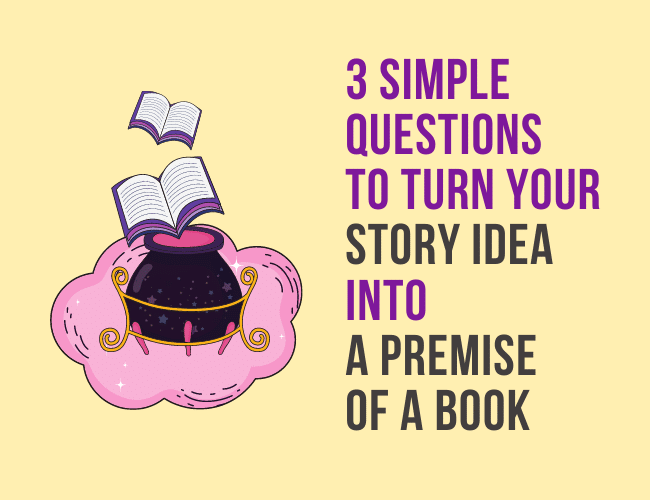
A story idea is not a premise of a book. And only a premise can uphold a full length 70,000 word plus manuscript. In this article, I share with you three simple questions to help you stop confusing a story idea with a story premise—so you can draft the later.
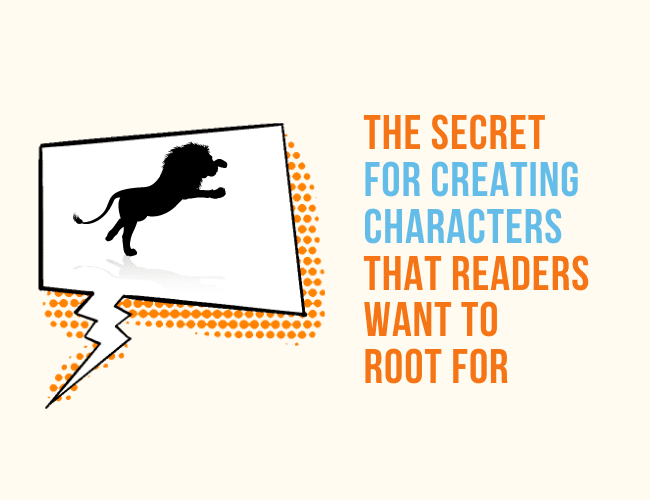
What makes the difference between a character your readers root for and one they forget? The answer is surprisingly simple. This article explains the “no-wuss” rules that really makes the readers want to support your characters.
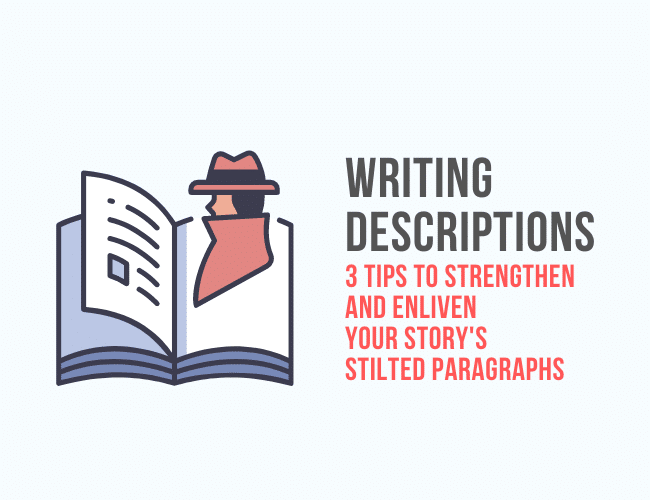
Do you find that the beautiful story in your head doesn’t always come out the way you want? Are your unique characters dragged down by a list of stilted writing descriptions? Here are 3 simple tips to bring your story to life.
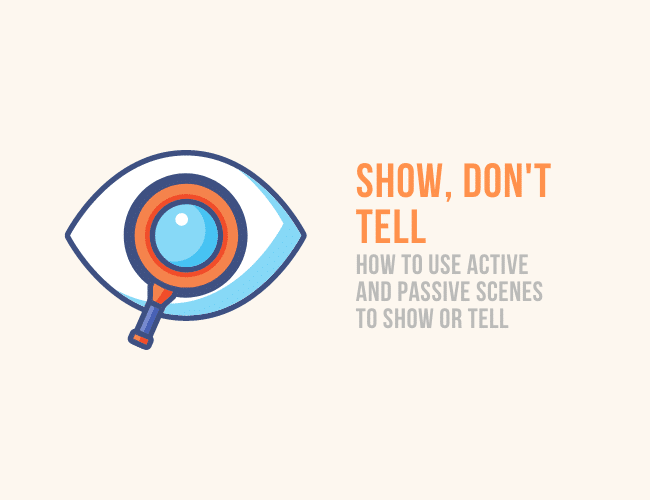
We’ve all heard of passive vs. active sentences. Active sentences such as “three men stood by the gate” are more attractive and interesting than passive sentences such as “there were three men standing by the gate.” But the concept of active vs. passive can also be applied to scenes within a story. Appropriate use of active and passive scenes can give your story an extra kick of life and can help with pacing as well.
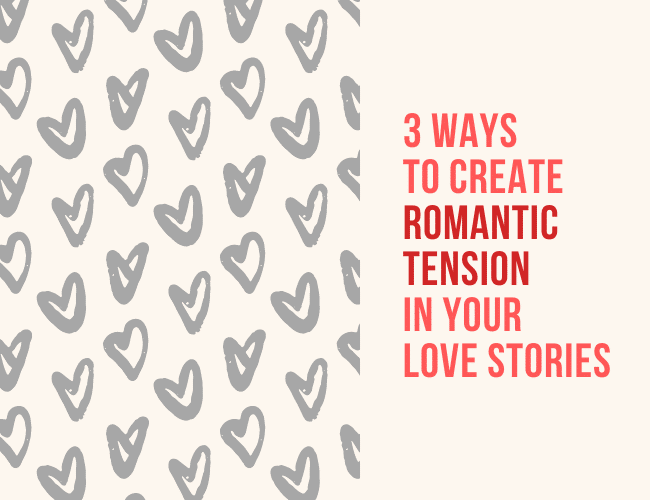
In life and in writing, romance is a difficult and yet extremely enticing subject. A romance on a curved, nuanced road, where your characters have to fight to get to their happily ever after, always makes for a good story. The best way to achieve this is through romantic tension.
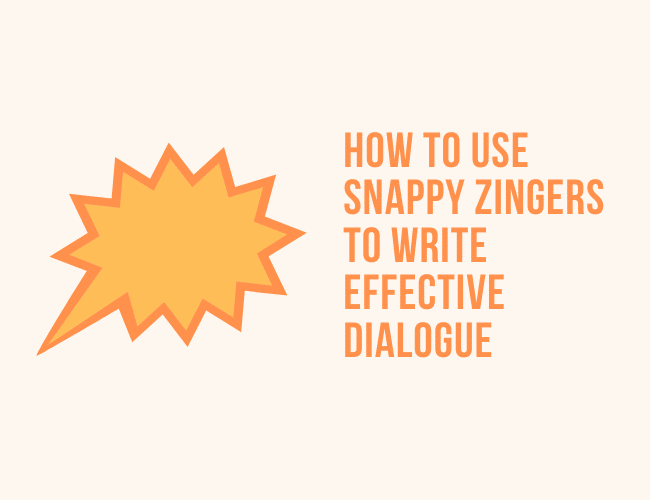
Do you find that your characters sometimes drone on and on without getting to a point? Or that it seems to take a lot of words to get to the single idea you’re trying to get to? The problem is usually that your dialogue has too much “fluff.” Fluffy dialogue tends to slow down the story and bore the reader. But fear not; there are a few simple ways to remedy this.

